The Chinese Ministry of Commerce yesterday said it had launched a dumping investigation into imports of an important engineering chemical from Taiwan, the EU, the US and Japan.
It would probe imports of polyoxymethylene copolymer, a thermoplastic used in many precision parts used in phones, auto parts and medical equipment, the Chinese commerce ministry said.
The ministry is reviewing materials provided by six Chinese companies that applied for assistance on behalf of the industry on April 22, it said.
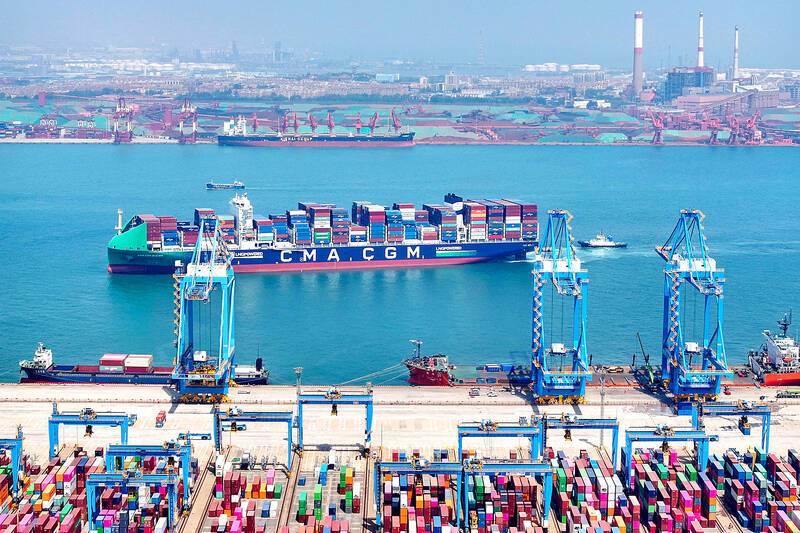
Photo by: AFP
The probe will target polyformaldehyde copolymer imported from suppliers in the EU, the US, Taiwan and Japan last year, and will assess any damage those imports caused to the Chinese firms between Jan. 1, 2021 to Dec. 31 last year, the Chinese commerce ministry said.
The investigation would take a year, but could be extended by six months under special circumstances, it said.
In Taipei, the Ministry of Economic Affairs (MOEA) yesterday pledged assistance to local polyformaldehyde copolymer producers in navigating an anti-dumping investigation by China.
The MOEA said it would work with industry stakeholders to submit opinions to the Chinese commerce ministry within a 20-day deadline starting yesterday, as well as assist in subsequent trade remedies.
Suppliers in Taiwan export approximately 47,000 tonnes of polyformaldehyde copolymer a year to China valued at US$79 million.
From 2021 to last year, Taiwan accounted for about 12.7 percent to 14.1 percent of China's total polyformaldehyde copolymer import value, making it the fourth-largest source of supply after the EU, South Korea and the US, MOEA data showed.
On the other hand, about 60 percent of Taiwan's exports of the chemical go to China, with Vietnam, Turkey and India, among Taiwan's other export markets for the product, data showed.
China's probe follows a number of similar investigations by the EU into Beijing’s subsidies for its industry.
Last month, the bloc launched a probe into China’s medical devices market over alleged unfair procurement practices.
Beijing said the probe amounted to “protectionism” and said it would harm the EU’s image.
It also follows sharp hikes in US tariffs on Chinese imports such as electric vehicles, semiconductors and solar cells.
Meanwhile, Canada is examining whether it needs to raise tariffs on Chinese-made electric vehicles after the White House announced major new levies on them, Canadian Minister of International Trade, Export Promotion, Small Business and Economic Development Mary Ng (伍鳳儀) said on Saturday.
“We are looking at this very carefully and we have an open dialogue with our American partners,” Ng said in a telephone interview from Peru, where she is attending APEC meetings.
The new US tariff on Chinese-manufactured electric vehicles is to take effect this year, with a final tariff rate of 102.5 percent, up from 27.5 percent, while Canada is to impose a small tariff of about 6 percent on Chinese vehicles.
The Canadian government is speaking with US officials about the policy, Ng said when asked whether Canada might need to align its tariffs with the US.
“We are absolutely looking at this,” she said.
Canada’s main focus is on producing electric vehicles domestically, she said, pointing to agreements that Canadian Prime Minister Justin Trudeau’s government has signed with automakers such as Honda Motor Co and Volkswagen AG.
They are to make electric vehicles, batteries or components in Ontario, Canada’s most populous province.
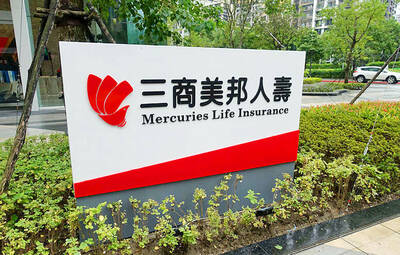
Mercuries Life Insurance Co (三商美邦人壽) shares surged to a seven-month high this week after local media reported that E.Sun Financial Holding Co (玉山金控) had outbid CTBC Financial Holding Co (中信金控) in the financially strained insurer’s ongoing sale process. Shares of the mid-sized life insurer climbed 5.8 percent this week to NT$6.72, extending a nearly 18 percent rally over the past month, as investors bet on the likelihood of an impending takeover. The final round of bidding closed on Thursday, marking a critical step in the 32-year-old insurer’s search for a buyer after years of struggling to meet capital adequacy requirements. Local media reports
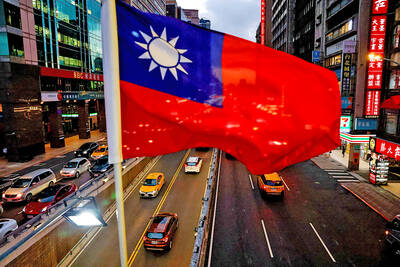
AI BOOST: Although Taiwan’s reliance on Chinese rare earth elements is limited, it could face indirect impacts from supply issues and price volatility, an economist said DBS Bank Ltd (星展銀行) has sharply raised its forecast for Taiwan’s economic growth this year to 5.6 percent, citing stronger-than-expected exports and investment linked to artificial intelligence (AI), as it said that the current momentum could peak soon. The acceleration of the global AI race has fueled a surge in Taiwan’s AI-related capital spending and exports of information and communications technology (ICT) products, which have been key drivers of growth this year. “We have revised our GDP forecast for Taiwan upward to 5.6 percent from 4 percent, an upgrade that mainly reflects stronger-than-expected AI-related exports and investment in the third
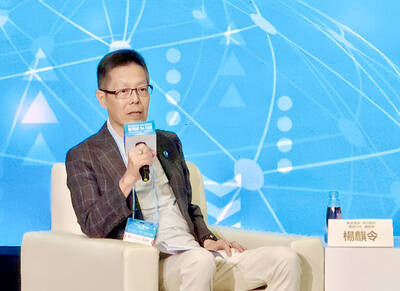
TECHNOLOGICAL RIVALRY: The artificial intelligence chip competition among multiple players would likely intensify over the next two years, a Quanta official said Quanta Computer Inc (廣達), which makes servers and laptops on a contract basis, yesterday said its shipments of artificial intelligence (AI) servers powered by Nvidia Corp’s GB300 chips have increased steadily since last month, should surpass those of the GB200 models this quarter. The production of GB300 servers has gone much more smoothly than that of the GB200, with shipments projected to increase sharply next month, Quanta executive vice president Mike Yang (楊麒令) said on the sidelines of a technology forum in Taipei. While orders for GB200 servers gradually decrease, the production transition between the two server models has been
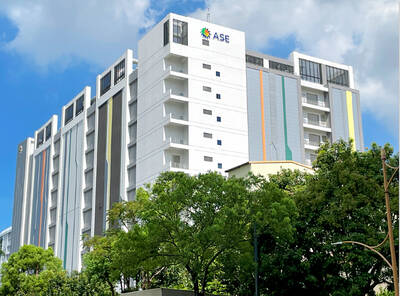
ASE Technology Holding Co (日月光投控), the world’s largest integrated circuit (IC) packaging and testing supplier, yesterday announced a strategic collaboration with Analog Devices Inc (ADI), coupled with the signing of a binding memorandum of understanding. Under the agreement, ASE intends to purchase 100 percent shares of Analog Devices Sdn Bhd and acquire its manufacturing facility in Penang, Malaysia, a press release showed. The ADI Penang facility is located in the prime industrial hub of Bayan Lepas, with an area of over 680,000 square feet, it said. In addition, the two sides intend to enter into a long-term supply agreement for ASE to